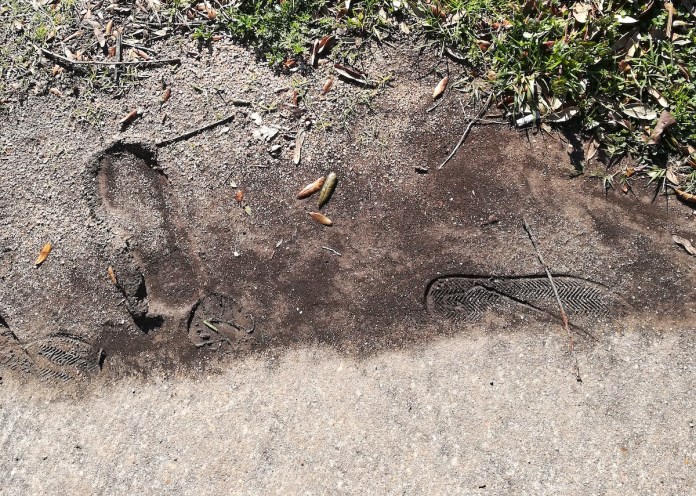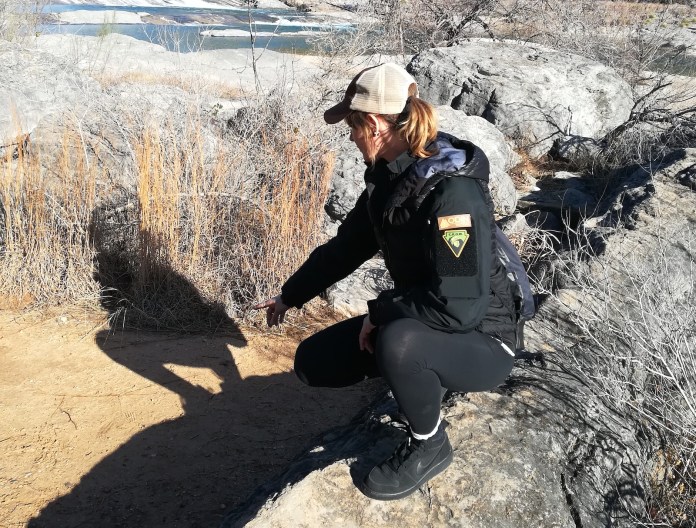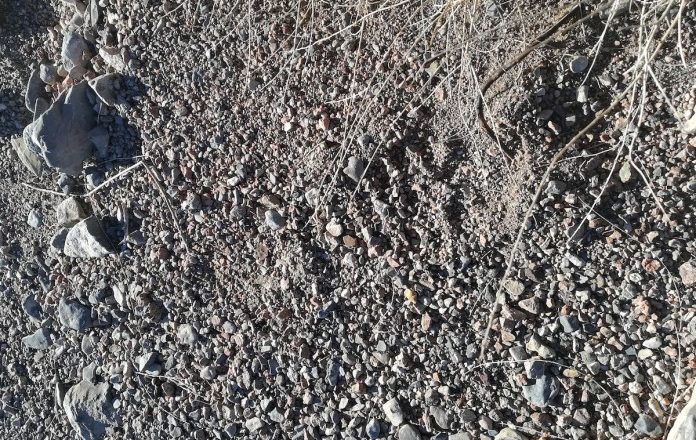Tracking. Maybe you heard about it from your grandfather or father during hunting season. Or you noticed it in some scenes from The Walking Dead series. Perhaps you’re a fan of Westerns and are familiar with Indian scouts bent to the ground, analyzing the terrain to gather information.
“Learning to read signs enables everyone to choose a safe route in life, staying safe and avoiding danger.”
John “Lofty” Wiseman, author of “SAS Survival Handbook”
Tracking is the art and science of identifying, following and interpreting human and animal tracks and signs. Basically, it’s about studying and comprehending the reaction of each type of surface to the passage of men and animals.

Primitive art, modern skill
This primitive art, founded on a process which involves both observation and deduction, is still alive. In times of crises and catastrophes, tracking takes on a special value. Tracking has been (and continues to be) successfully employed in search and rescue, law enforcement, border operations, and forensic science. But tracking can be applied to civilian life, too.
“Learning to read signs enables everyone to choose a safe route in life, staying safe and avoiding danger.” This quote, from John “Lofty” Wiseman (former Special Air Service) seems to fit perfectly, even in 2020. A tracker is not necessarily a fan of old times, but rather lives in the present, putting situational awareness above all. Through the use of this art, a tracker is able to collect information and have a clear picture in mind.
Tracking isn’t a topic you can learn in one or two days but, once acquired, it will serve you faithfully all your life. And in emergency situation, it might even save your life.

You cannot read one book, add ego, stir in some ignorance, and come up with a tracker.
A.B. Taylor
Observation means selection. If you know where to look and what to look for, you will become proficient in getting all the details you need to understand if anyone has come onto your property, as an example.
During hunting season, you will have a better chance of successfully tracking your prey. If you find yourself lost in the middle of a hike and your GPS batteries are dead, tracking can help you follow your own footprints and safely return to your car.
These are but a few examples. However, learning this art requires time, patience, passion and dedication. AB Taylor, a well-known tracker and former Border Patrol Agent, used to say: “You cannot read one book, add ego, stir in some ignorance, and come up with a tracker. No, this sounds more like the ingredients of an incident commander to me.”
Practice makes perfect
This is absolutely true. If you miss out, you mess up. That’s my personal consideration of it. The best teacher of learning how to read and follow tracks is experience, there is no other way around it. Practice, especially side-by-side with an expert tracker and in all kinds of weather conditions, will help you to gain more confidence in what you do.

You may be surprised by how you will become even more selective and inquisitive in your everyday life. The tracker is, tout court, a detective. In a worst-case scenario, the new inclination of your modus operandi will play a big difference, not only in reading tracks, but also in understanding the personality of people, their habits, and learning to foretell their actions.
In upcoming articles we will look at the effective application of this art as applied to preparedness.

source : Guest Contributor



